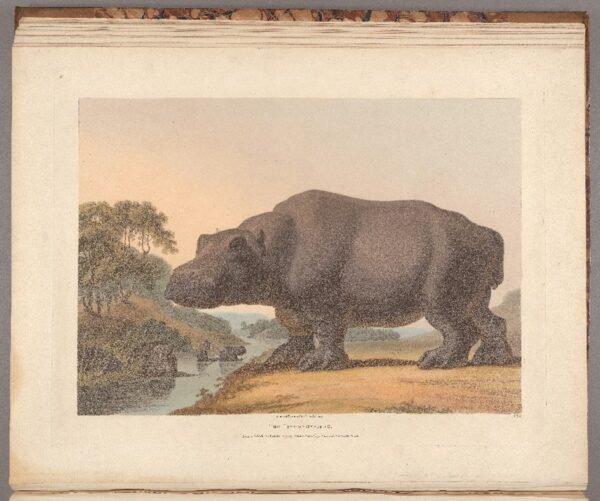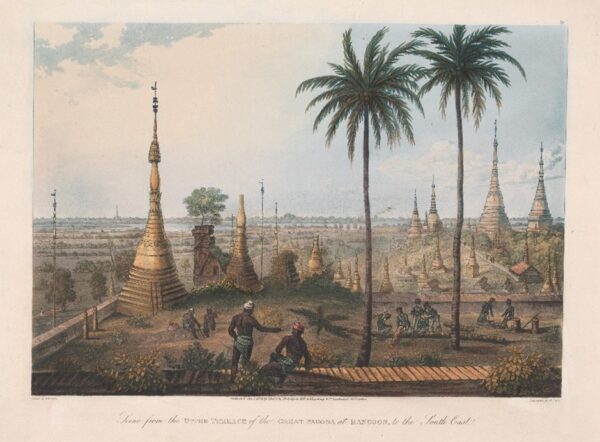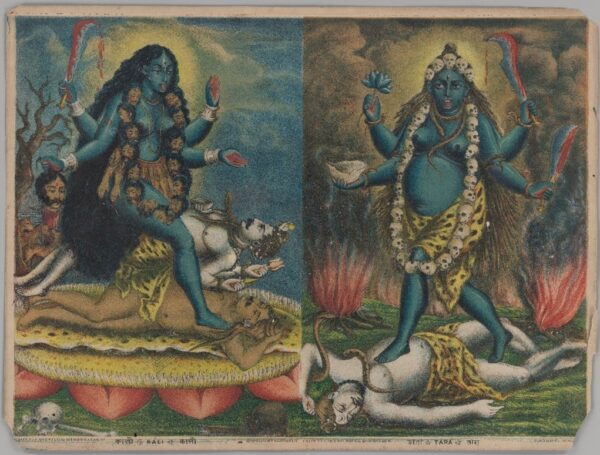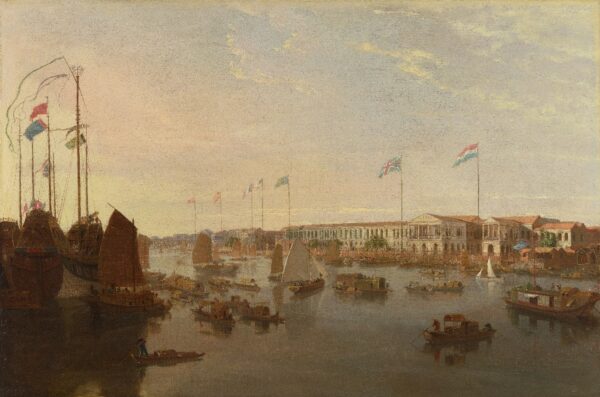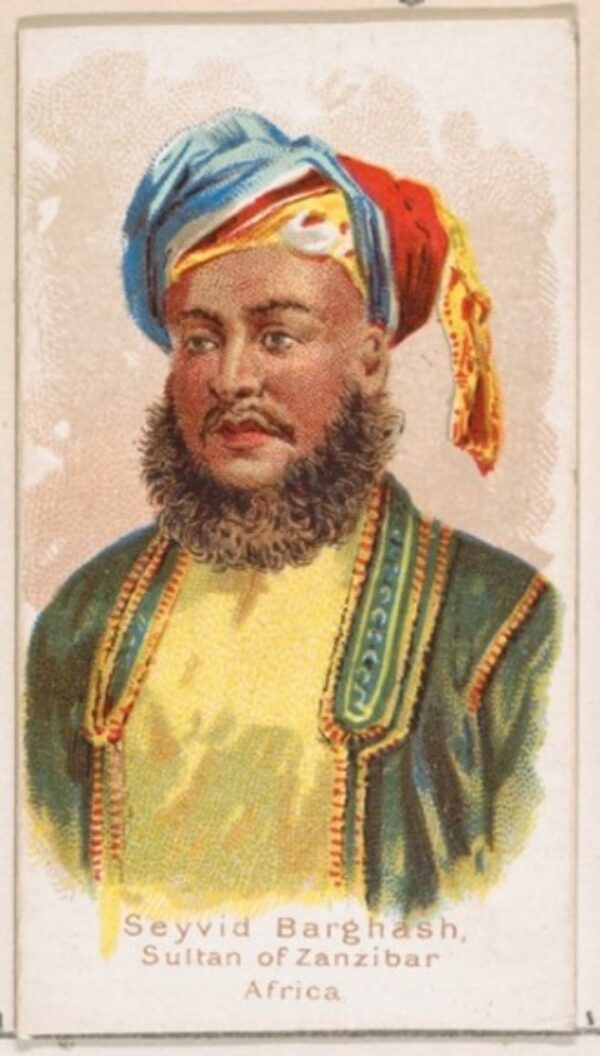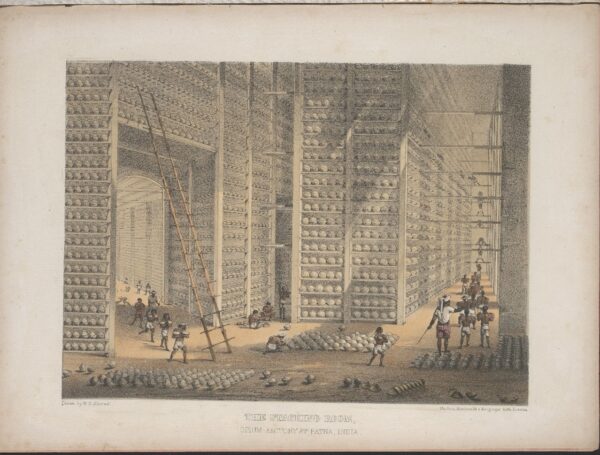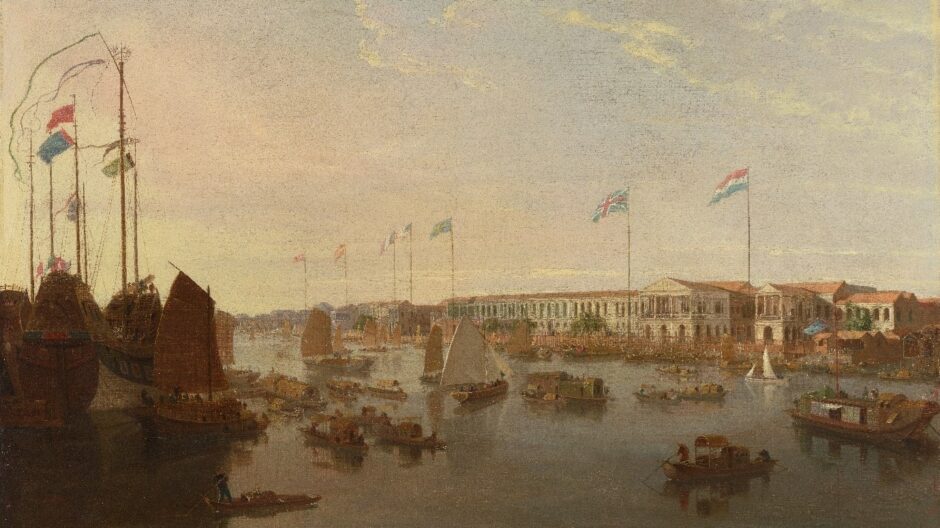Applicants to this Special Option are eligible to apply for a Manton M.A. Scholarship for Studies in British Art
This MA Special Option will explore the art that was produced and circulated in two broad oceanic spaces – the Atlantic and the Indian Ocean – during a period in which both were significantly shaped by British imperialism.
The first half of the course will be taught by Esther Chadwick. It begins with an exploration of the circum-Atlantic, a world defined by the movements, confrontations and entanglements of African, European and American people and cultures at a time of profound geopolitical transformation. The course will concentrate on three areas in particular: artworks and artists that crossed the Atlantic, particularly between North America, Britain, and the Caribbean; art made in mainland Britain that responded to Atlantic developments; and art produced in the Caribbean, including newly emergent African Diasporic art forms. Highlights include sessions on Anglo-American history painting by John Singleton Copley and Benjamin West; slave portraiture and the limits of the abolitionist image; and aesthetics in the Kingdom of Haiti. Our guiding questions: what role did visual images, material objects, and cultural practices play in constituting or resisting imperial power? How do notions of ‘British’ art change when viewed in Atlantic perspective? And what is the significance of this history for debates about decolonising cultural institutions in the twenty-first century?
The second half of the course will be taught by Tom Young. It will focus on a diverse range of objects made in or moving across territories lying between the coasts of East Africa and Southeast Asia. We will spend significant time studying the visual and material worlds of the East India Company, one of the principal players in the Indian Ocean World during this period. This will involve using art to chart the political transformation of the Company into a vast territorial empire in the subcontinent, through canvases made by professional painters such as George Chinnery and Valentine Prinsep, the work of British amateurs such as Sir Charles D’Oyly and Emily Eden, as well as the activities of South Asian artists operating in this colonial context, such as Raja Ravi Varma and printers at the Calcutta Art Studio. We will also map the place of art in the transoceanic flows of people and commodities that resulted from the East India Company’s opium trade and its coercive system of indentured labour. From the African ports of the Cape Colony and Mauritius to the Chinese docks of Canton (present-day Guangzhou), we will examine how art both pictured and supported an extensive system of narco-capitalism and unfree labour.
While attentive to the way British imperialism exerted a significant political force in these geographies, the course will nevertheless explore a diverse range of non-European artistic and cultural practices in North America, the Caribbean, South Asia, and East Africa, which were often associated with forms of anticolonial resistance.
Throughout, the ocean will be conceived as a method: one that shifts attention from national states and questions of imperial centres and peripheries, and instead offers alternative routes to understanding the place of art within the modern histories of empire and anticolonial resistance.
In the event that a course leader is on sabbatical, takes up a fellowship, or otherwise is not able to teach the course, they will be replaced by another experienced course leader either for a semester or, in some cases, the academic year.
Please note: whilst many Special Options will include site visits within the UK and further afield, these are subject to confirmation.
Course Leads
